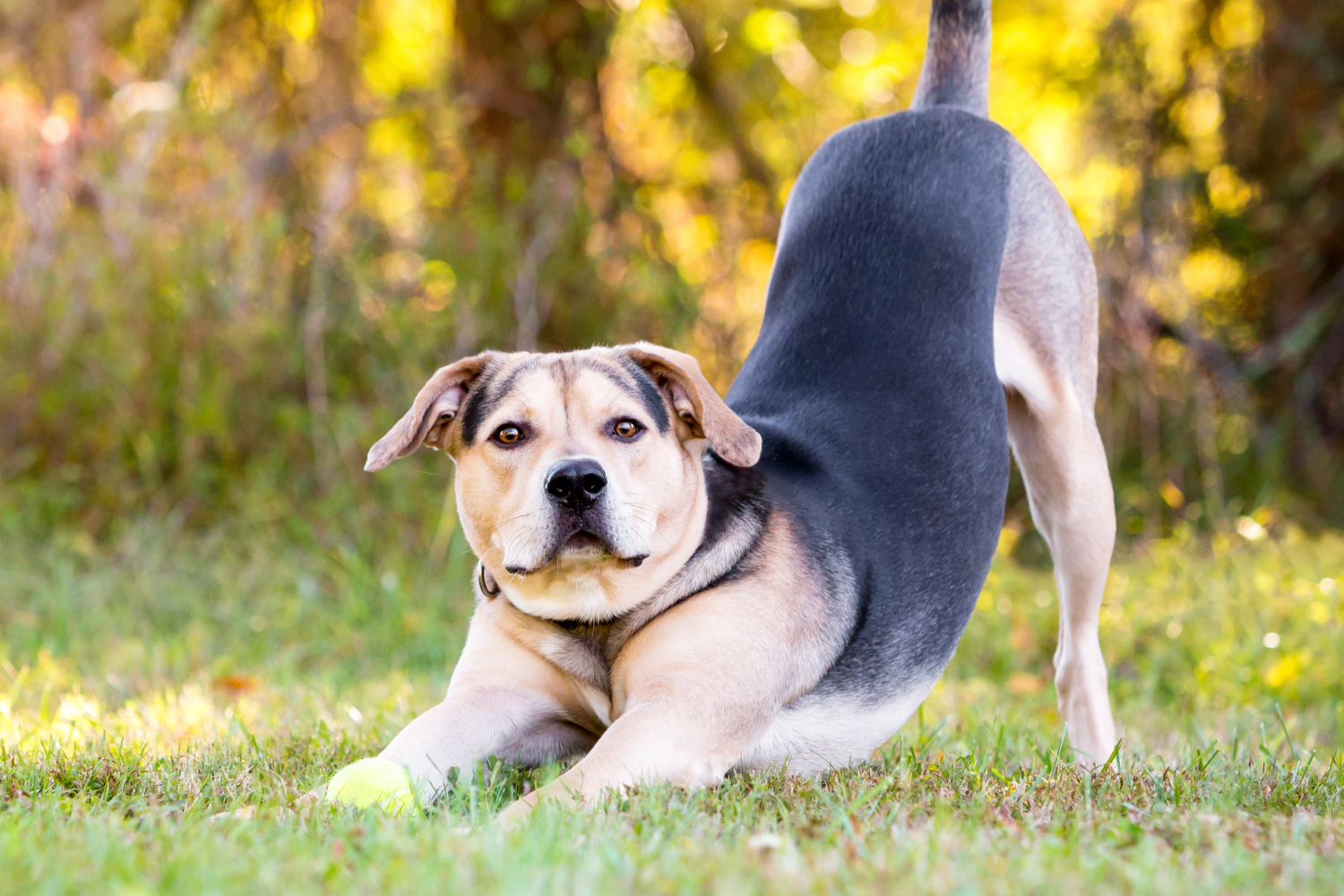
BOGO: buy a box of Longevity15 and get Yummy Combs free!
Shop now and get the BOGO deal today!
Joseph Roetheli, PhD

Highlights:
Calm dog breeds are breeds that don’t have quite as much energy as some breeds.
A calmer dog may be a better fit for some families.
Finding the perfect fit is the first step in taking the best possible care of your pet. Giving them Longevity15® is another way to support your dog and care for their well-being.
There are dogs, and then there are calm dogs. If you’re familiar with many dog breeds, “calm dogs” can seem like an oxymoron. Many dog breeds are full of energy, seeming to bounce around the house, making messes, and generally causing low-level chaos.
If you love the idea of having a dog but are afraid you’ll end up with a bundle of energy you can’t quite keep up with, this article can help. Together, we’ll discuss the calmest dog breeds and how they differ from other breeds. We’ll also discuss how caring for these breeds may look a little different from the care required by other, more energetic breeds.
A calm dog isn’t necessarily a dog that never barks or doesn’t need exercise. A calm dog breed refers to a breed of dog that is generally less active than other breeds.
They may require less exercise, sleep more, and/or bark a little less. Still, calm dogs are still dogs. You’ll still deal with barking, the need for walks and playtime, and even the potential for your dog to develop issues like anxiety.
Calm dog breeds are generally less affected by changes in their environment, like visitors, other animals, or being left alone. They also work well for families with small children, because they are less likely to become agitated by the antics of tiny hands. Before you pick a calm breed, you should check your lifestyle and home to see if a calm breed is the best fit.
Before you decide to buy a calm dog breed, consider your current lifestyle. For instance, if you’re very active and are looking for a dog that will walk or run with you, a calm dog may not be the best option.
Here are some key facts about calm dogs that can help you make a good, informed decision.
Don’t assume that adopting a calm breed means less work. It simply means you’ll be adopting a dog that is generally less stressed. Think of a basset hound versus a chihuahua. If you’re looking for laid-back, a calm dog is the solution.
There are plenty of dogs less hyperactive than chihuahuas or Australian shepherds. Here are the top five calm dog breeds that make great pets.
King Charles Spaniels are beautiful, long-haired dogs that are small in size, usually ranging anywhere from 13-18 pounds. These dogs are loyal, relaxed, and make great therapy dogs.
Cavaliers are also known for having some of the most expressive faces of all dog breeds, which may aid in communication with their owners. Although they have a sweet disposition, they do require plenty of exercise, due to their shared heritage with other types of spaniels. You’ll need to give them plenty of exercise and attention.
If you’re looking for a giant breed that is also calm, the Irish wolfhound may be the solution. Irish wolfhounds rival mastiffs in their size, growing to be as tall (when standing on hind legs) as a human male and weighing approximately the same (anywhere between 140-180 pounds).
These behemoths are sweet-natured and calm, although space can be an issue. If you have plenty of space to house a dog this size, the Irish wolfhound can make a great addition to your family.
They’re relaxed in appearance and personality; basset hounds are the iconic “laid-back” dog. These medium sized dogs are great companions for fishing, hunting, and outdoor activities, and generally work great for families with kids and other animals.
The one problem that basset owners usually complain of is that familiar, bellowing howl. Basset hounds can be tricky to train, so don’t count on training the howls out of them.
Those families or individuals looking for a tiny dog that isn’t a bundle of nerves can select a Pekingese. These dogs do best with individual owners, but they are also easy-going enough to handle a family with children.
Bear in mind that Pekingese are prone to dental issues due to the shape of their mouths. Taking care of their oral hygiene at home and with regular check-ups and professional cleanings can help avoid any problems.
Potential Saint Bernard owners should be ready for a loving, loyal animal who also requires a lot of one-on-one time. Saint Bernards love being with their pack (of people or dogs) and thrive when they get to spend time with their families.
It will be important for you to invest in training for your new, big buddy, as Saint Bernards can be somewhat cumbersome in terms of their size. If you have small children, a Saint Bernard can quite literally topple them without realizing it.
This isn’t an exhaustive list of calm breeds, but it’s a good gateway into this type of breed temperament. In addition to spending time with your new dog, you’ll want to take other steps to properly care for them.
Caring for a calm breed dog involves giving them plenty of attention and love. These dogs usually thrive best when they are around their owners. In addition, here are some tips to help you enjoy your new dog as long as possible.
Taking Longevity15 every day can help support your dog’s long-term health.
For families that are already high-strung, a calm dog could help settle them down. Adopting an easy-going dog can be a great addition to a family of any size. Giving your new friend Longevity15 can help make sure they’re a part of your family for as long as possible.
Sources:
20 Calmest Dog Breeds for Families That Prefer a Laid-Back Pup | The Pioneer Woman.com
9 Calm Dog Breeds: Easygoing & Even-Tempered Canine Companions | American Kennel Club.org
Updates, coupons, deals, and more!
Type anything...
We use cookies to provide you the best possible experience on our website. You consent to the usage of cookies by continuing to view our website. See our Privacy Notice for more information.